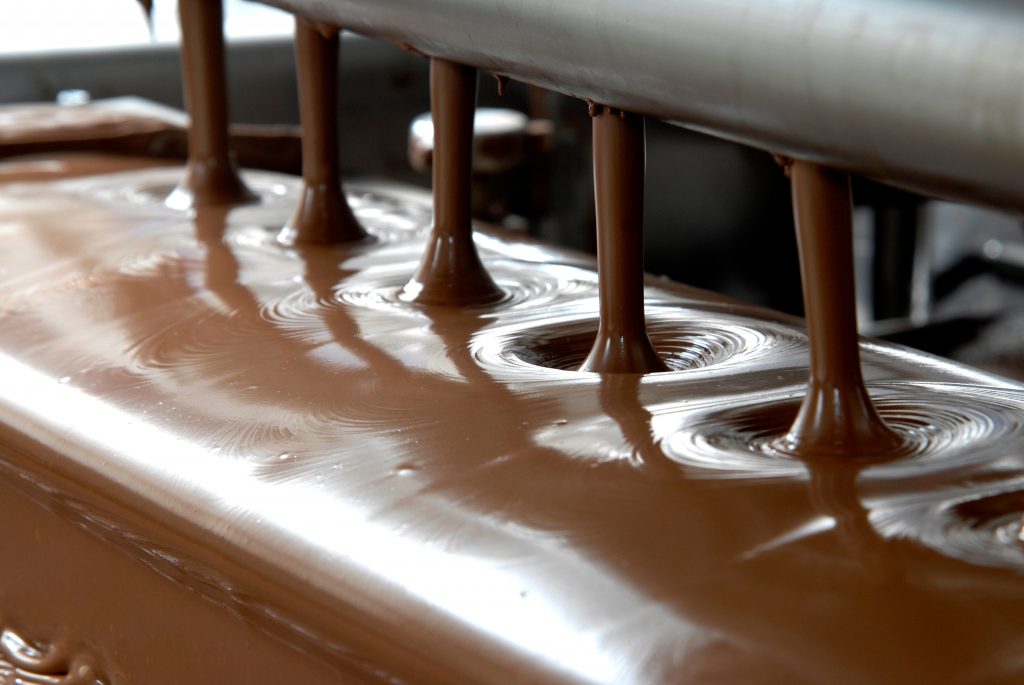
Most industries need heavy material handling equipment to move raw materials to warehouses and production facilities. However, the problem doesn’t end there. How do they ensure material flow during the process?
Many bulk powders and solids develop flow problems once they are poured into silos, hoppers, or chutes. They can form bridging and ratholing that blocks the vessel outlet until the flow slows down or stops completely. They can stick to the walls or segregate.
These material blocks would take hours to manually clean. Just like plants need heavy material handling equipment to transport materials to different facilities, they need industrial flow aids to move them through different processing stages.
What is the best heavy material handling equipment for material blocks?
There are three general kinds of industrial flow aids, each with its own pros and cons.
Vibrators and air hammers shake the material loose—but at a cost. These consume a lot of energy, can potentially damage vessels, and are very noisy and stressful for workers within the area. Some materials also tend to settle even more when shaken, so this can actually aggravate material flow issues.
Chemical flow aids break down the chemical bonds or change the flow properties. However, adding any material to a formula can affect its quality, consistency, and cost.
Pneumatic flow aids use air pressure to break up blocks or push material. The key is to pick a system aid that uses enough pressure and volume to activate the material. For example, fluidizers that use a combination of light aeration and vibration are only effective for fine powders like flour.
For most materials, you need AirSweep—the trusted heavy material handling equipment for the toughest material flow problems. It can activate bulk solids and powders that don’t respond to fluidizers, vibrators, and air cannons.
The proof is in the flow. Watch AirSweep activate the five most problematic materials used in different industries.
Heavy, sticky materials
It can’t get heavier or stickier than liquid cheese. In fact, many food companies use the USDA-accepted AirSweep to move ingredients used for making chocolate and pastries. This model is specifically designed for use in sanitary environments.
High oil and moisture content
Materials with high oil or moisture content tend to form clumps or bridging and ratholing over vessel walls. Material residue can also spoil and compromise the entire batch. AirSweep guarantees first-in/first-out flow for faster flow and product integrity.
Damp powders
Damp powders can settle during storage and form bridging and ratholing in silos and hoppers. AirSweep has been proven more effective than fluidizers and air cannons—and even uses less energy and air.
Flakes and shreds
These materials have a tendency to interlock and clump together, and won’t respond to agitation and vibration. AirSweep air pulses separate the material and sweep it back into the flow stream.
Heavy irregular particles
Irregularly shaped solids can interlock and aggregate. AirSweep can be used with solids with heavier densities such as mined materials or cement materials.
Find the right AirSweep for your materials
Thousands of plants around the world trust AirSweep for reliable material flow. Contact us for a free consultation on the best heavy material handling equipment for your process.





Comments are closed